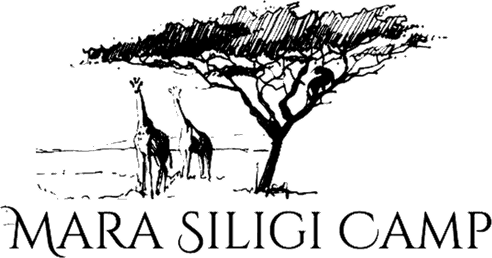What Makes a Masai Mara photography tour Different from a Regular Safari?
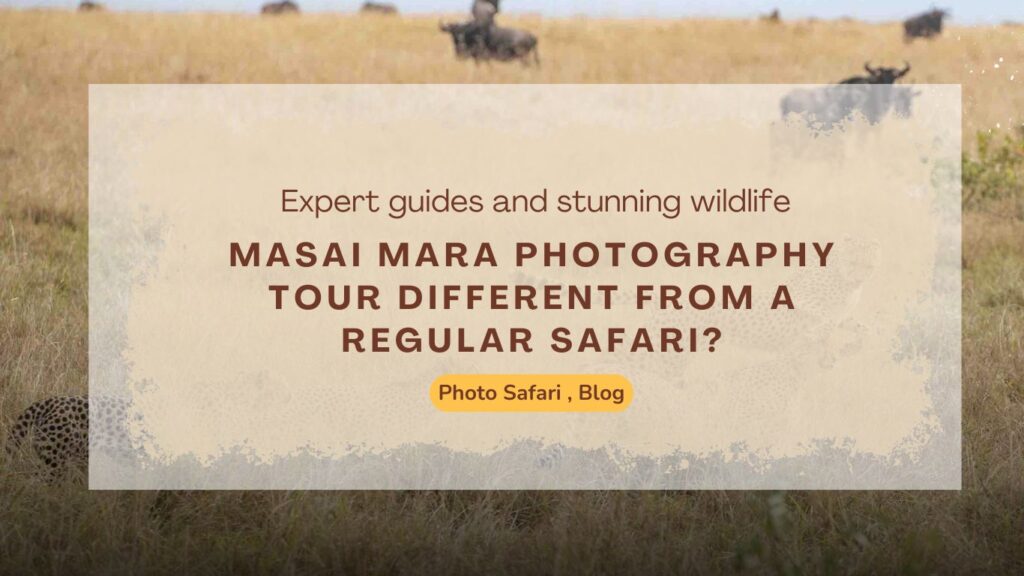
Masai Mara photography tour Different from a Regular Safari? At Mara Siligi Camp, we know that a safari is more than spotting the Big Five—it’s about capturing the magic of the Masai Mara through your lens. Our Masai Mara photography tours are designed for travelers like you who want to experience the Mara and bring […]
Rare Animals You Might Capture on a Masai Mara Photography Tour
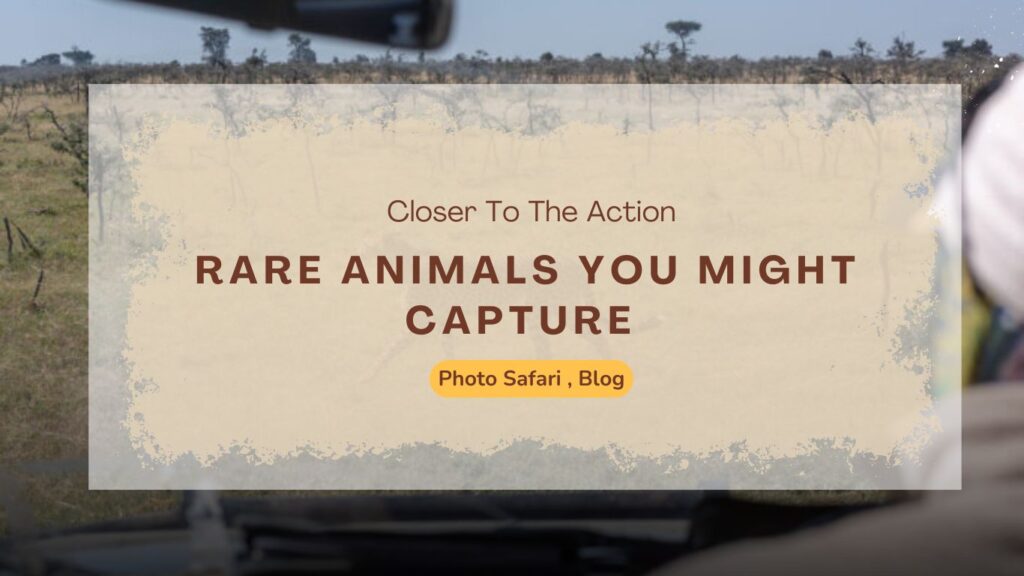
Rare Animals You Might Capture The Masai Mara is a wildlife photographer’s dream — a place where every sunrise holds the promise of extraordinary moments. From the thunder of the Great Migration to the quiet grace of a leopard in golden light, the Mara offers endless opportunities to capture nature at its most raw and […]
Tips to Capture the Wildebeest Migration on Your Masai Mara Photography Tour

Tips to Capture the Wildebeest Migration If you’ve ever dreamed of witnessing nature’s grandest show, the Wildebeest Migration in the Masai Mara is it. Every year, over a million wildebeest, zebras, and gazelles move across the plains, crossing rivers and braving predators in a display of survival and instinct. From where we are based here […]
Top 10 Shots to Capture on Your First Masai Mara Photography Tour
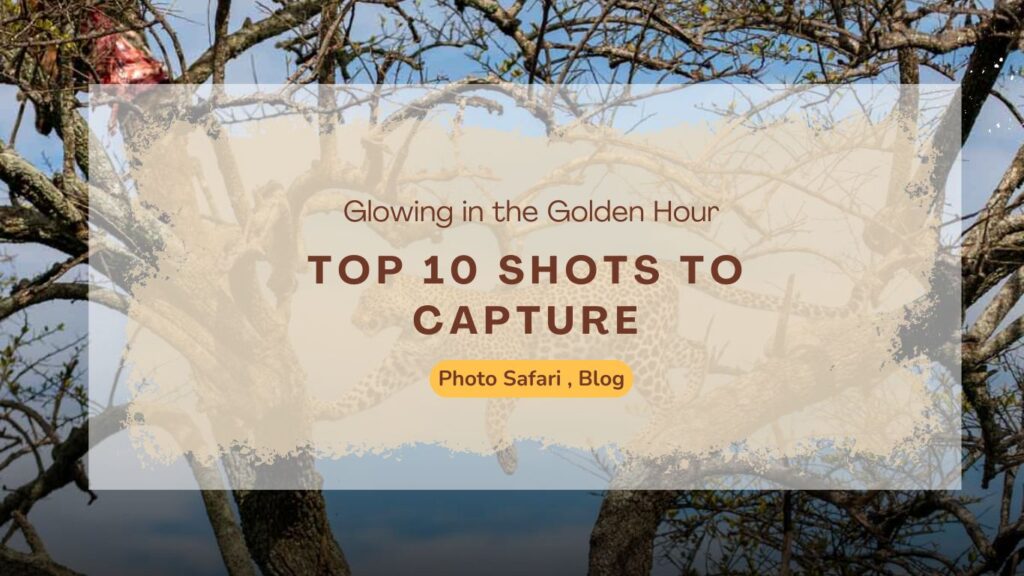
Top 10 Shots to Capture on Masai Mara Photography Tour Going on your first Masai Mara photography tour? Get ready—because the Mara doesn’t just meet your expectations; it shatters them. From lion prides glowing in the golden hour to adrenaline-pumping chases, every moment is a masterpiece waiting to be captured. But with limited daylight and […]
Best Time for a Masai Mara Photography Tour: Migration & Golden Light

Best Time for a Masai Mara Photography Tour Welcome to Mara Siligi Camp! As someone who’s spent years hosting wildlife lovers and photographers right in the heart of the Masai Mara, I’m often asked, “What’s the best time to visit for wildlife photography?” In this post, I’ll walk you through the ideal months for a […]
Photography Equipment Required for Your Masai Mara Photography Tour
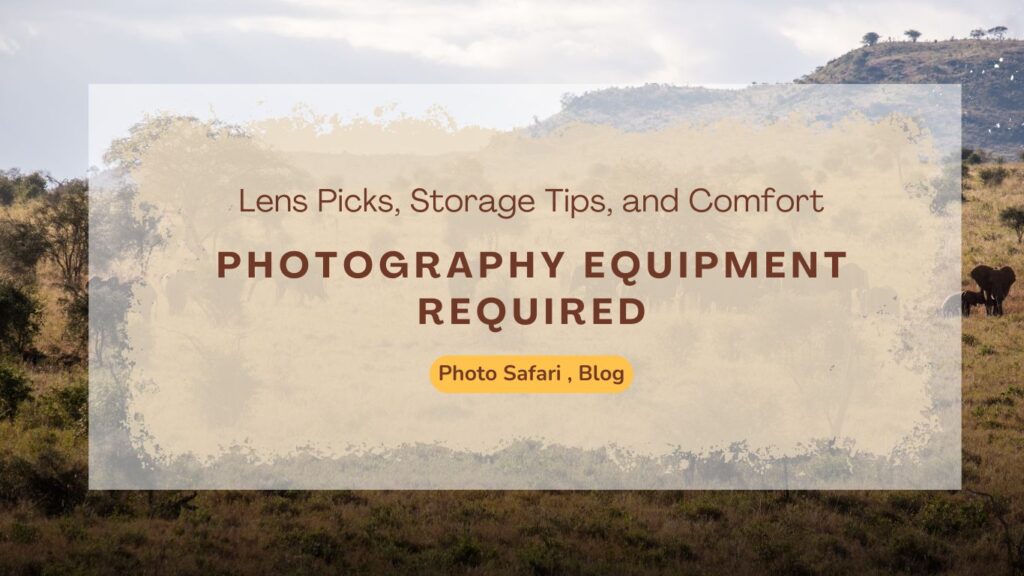
Photography Equipment Required Photography Tour Planning a Masai Mara photography tour? Whether it’s your first time on a Masai Mara safari or you’re returning for another round of epic wildlife encounters, being well-prepared with the right gear can elevate your entire experience. From essential wildlife photography gear like telephoto lenses and monopods to packing tips […]
The Ultimate Wildlife Masai Mara photography tour : Shoot in the Wild
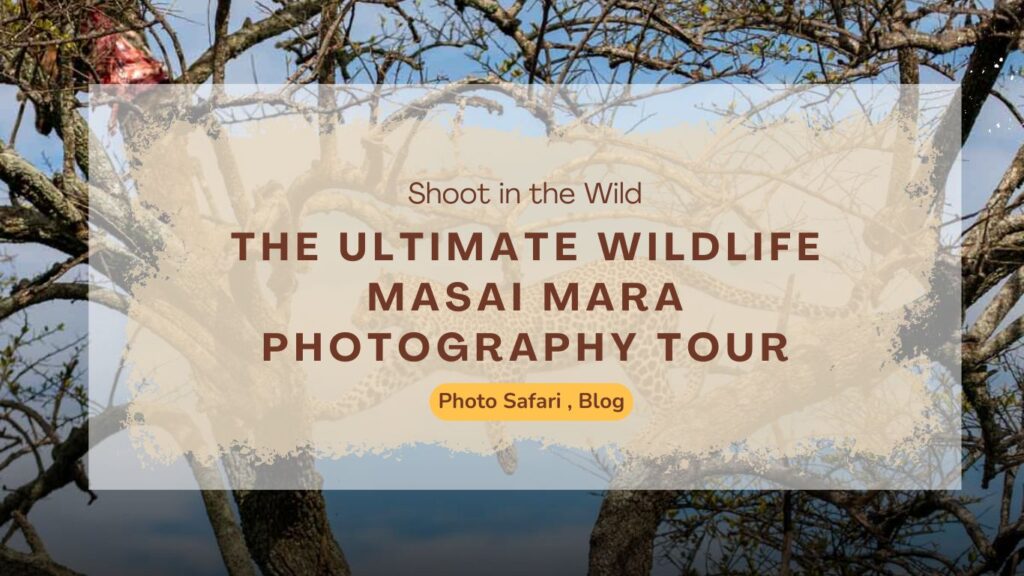
The Ultimate Wildlife Masai Mara photography tour: Shoot in the Wild There’s something deeply humbling about locking eyes with a lion through your viewfinder. Or watching a cheetah leap mid-chase, perfectly backlit by the golden Mara sun. If you’re a wildlife photographer—or someone who dreams of becoming one—Masai Mara is that once-in-a-lifetime destination where every […]
Top Destinations for Masai Mara Photography Tours
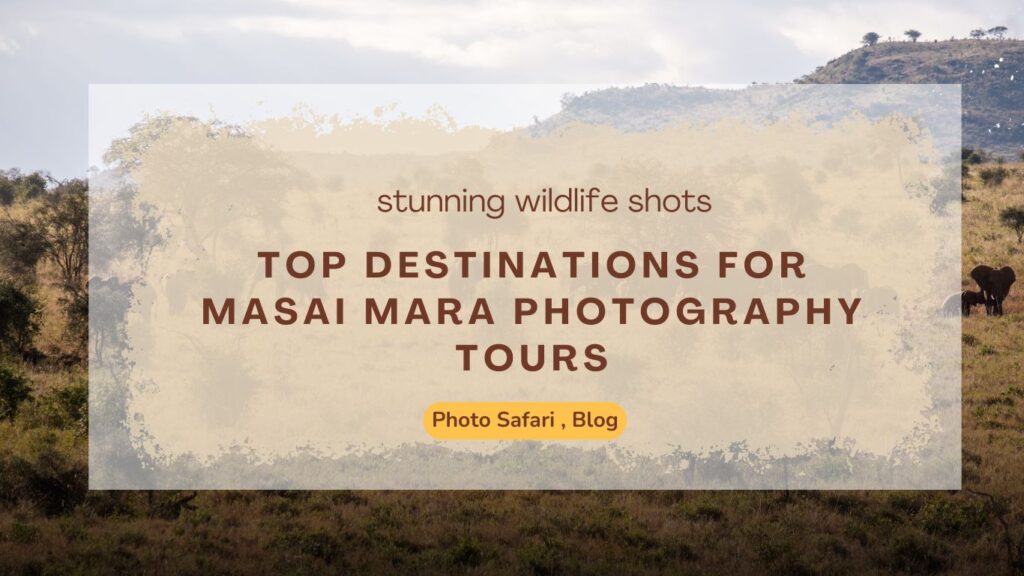
Top Destinations for Masai Mara Photography Tours If you’re planning a Masai Mara photography tour, you’re already halfway to an unforgettable visual experience. But knowing where to go inside the reserve can make or break your photo journey. As someone who’s ventured through the Mara lens-first, I can tell you—it’s not just about spotting animals; […]
Masai Mara Photography Tour For Bird
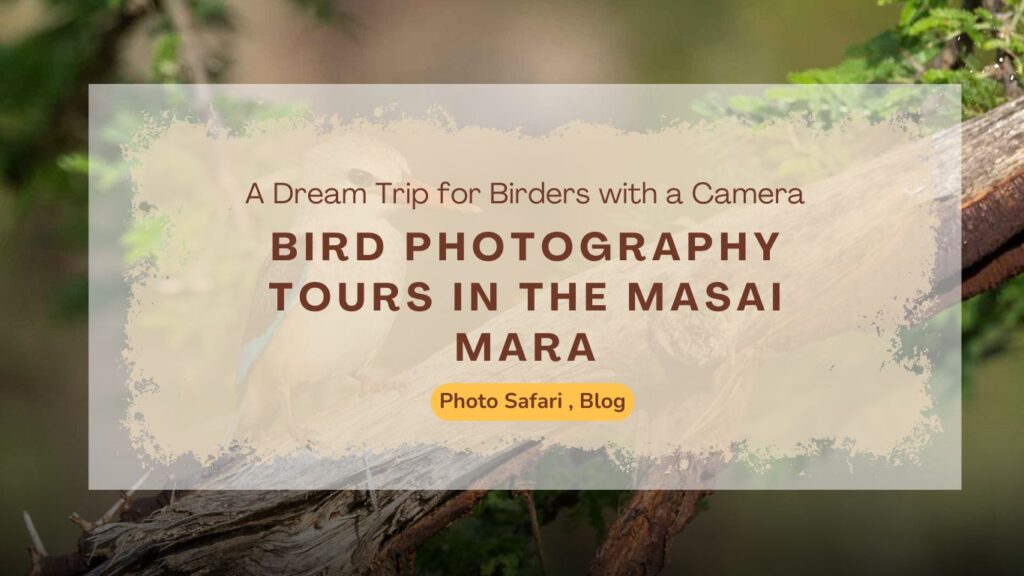
Masai Mara Photography Tour Of Birds If you’ve ever dreamed of capturing the vibrant wings of a Lilac-breasted Roller or the powerful dive of an African Fish Eagle, then a Masai Mara photography tour focused on birds is your perfect getaway. These aren’t your average safaris. Masai Mara photography tour packages—especially those based out of […]
Tips for Planning Your Masai Mara Photography Tour
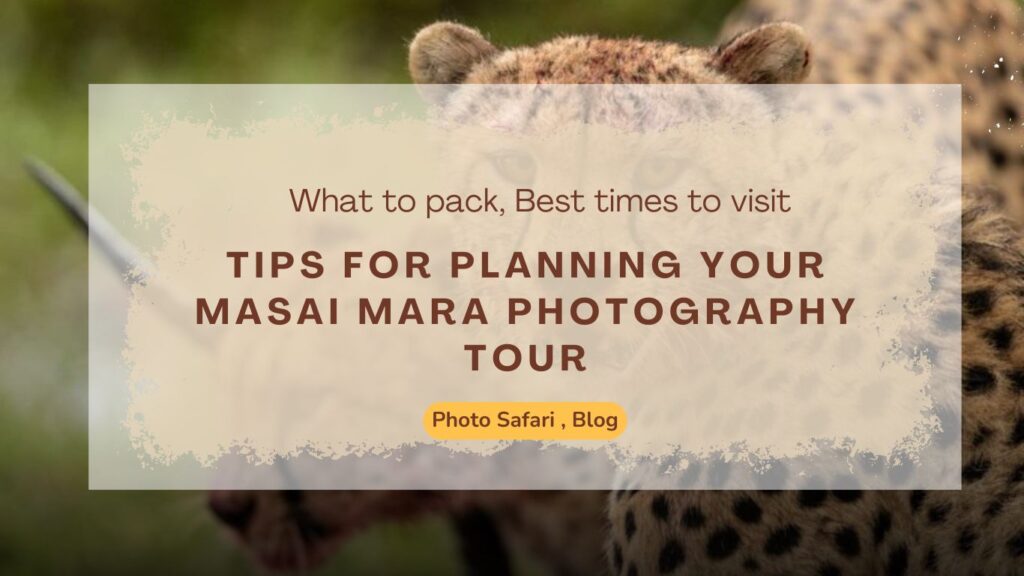
Tips for Planning Your Masai Mara Photography Tour From someone who lives and breathes it every season Planning a Masai Mara photography tour? You’re in for something extraordinary. The Mara isn’t just another safari destination—it’s where wildlife photography comes alive. Whether you’re a hobbyist with a mid-range DSLR or a seasoned pro chasing the Great […]
